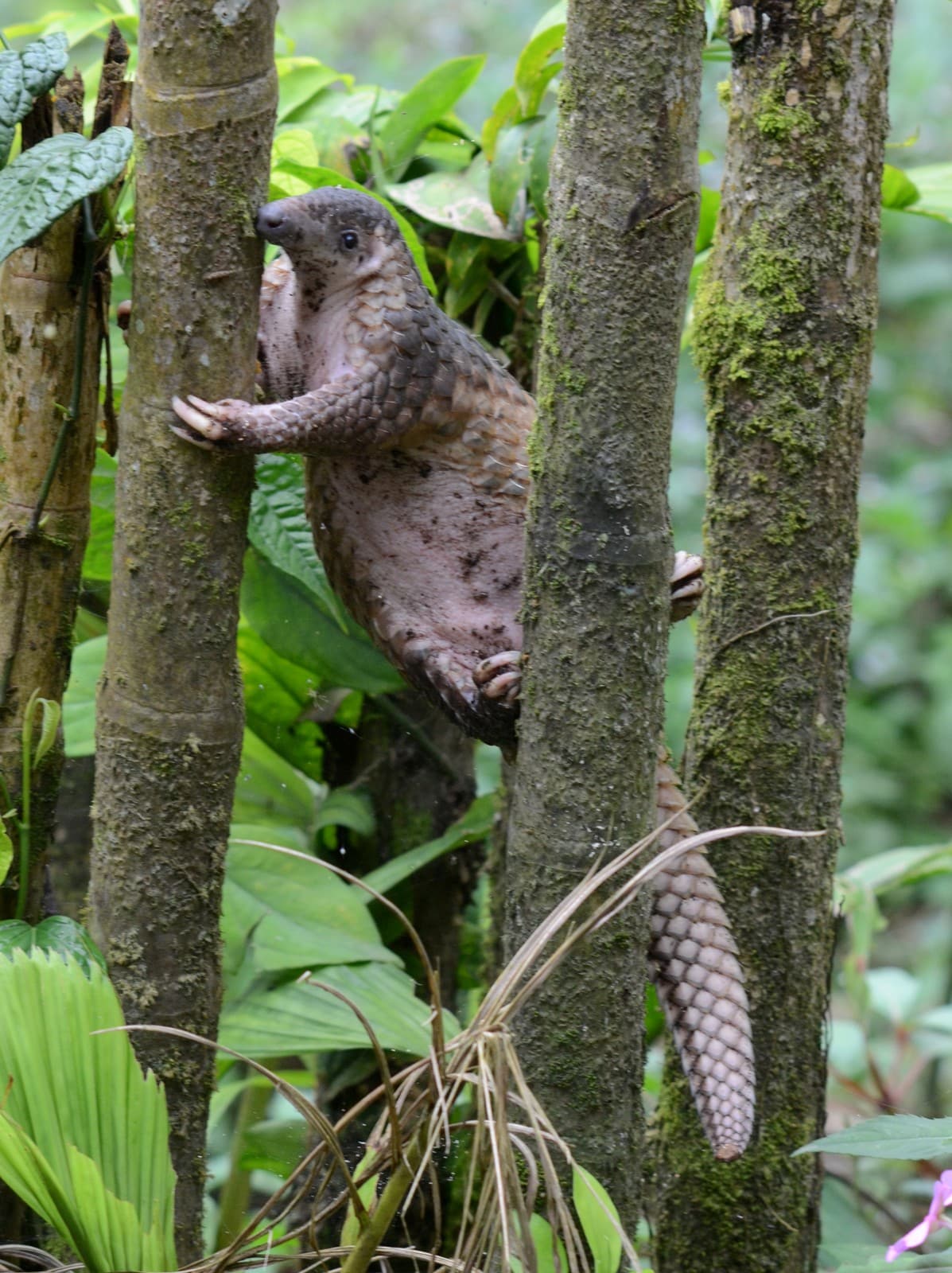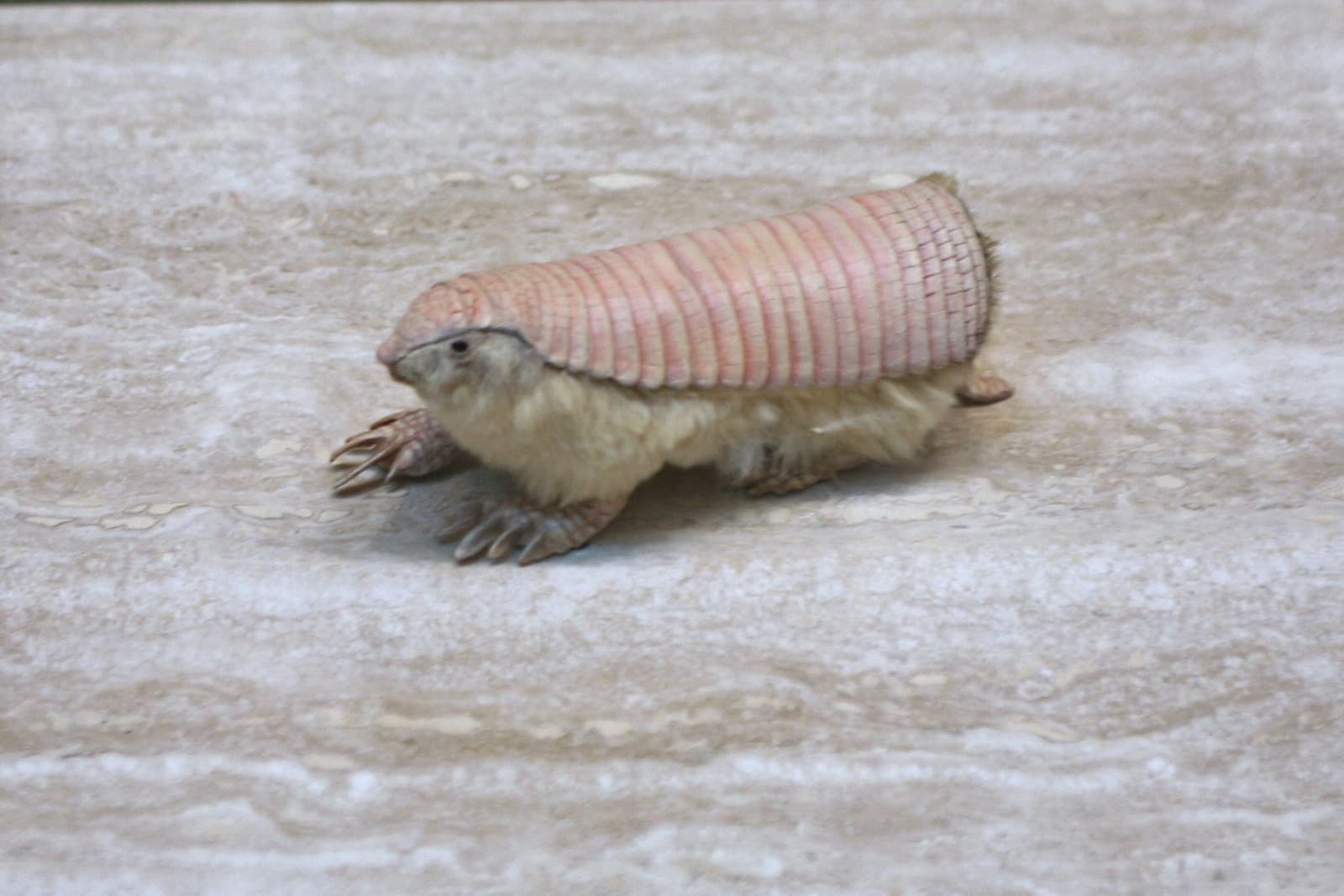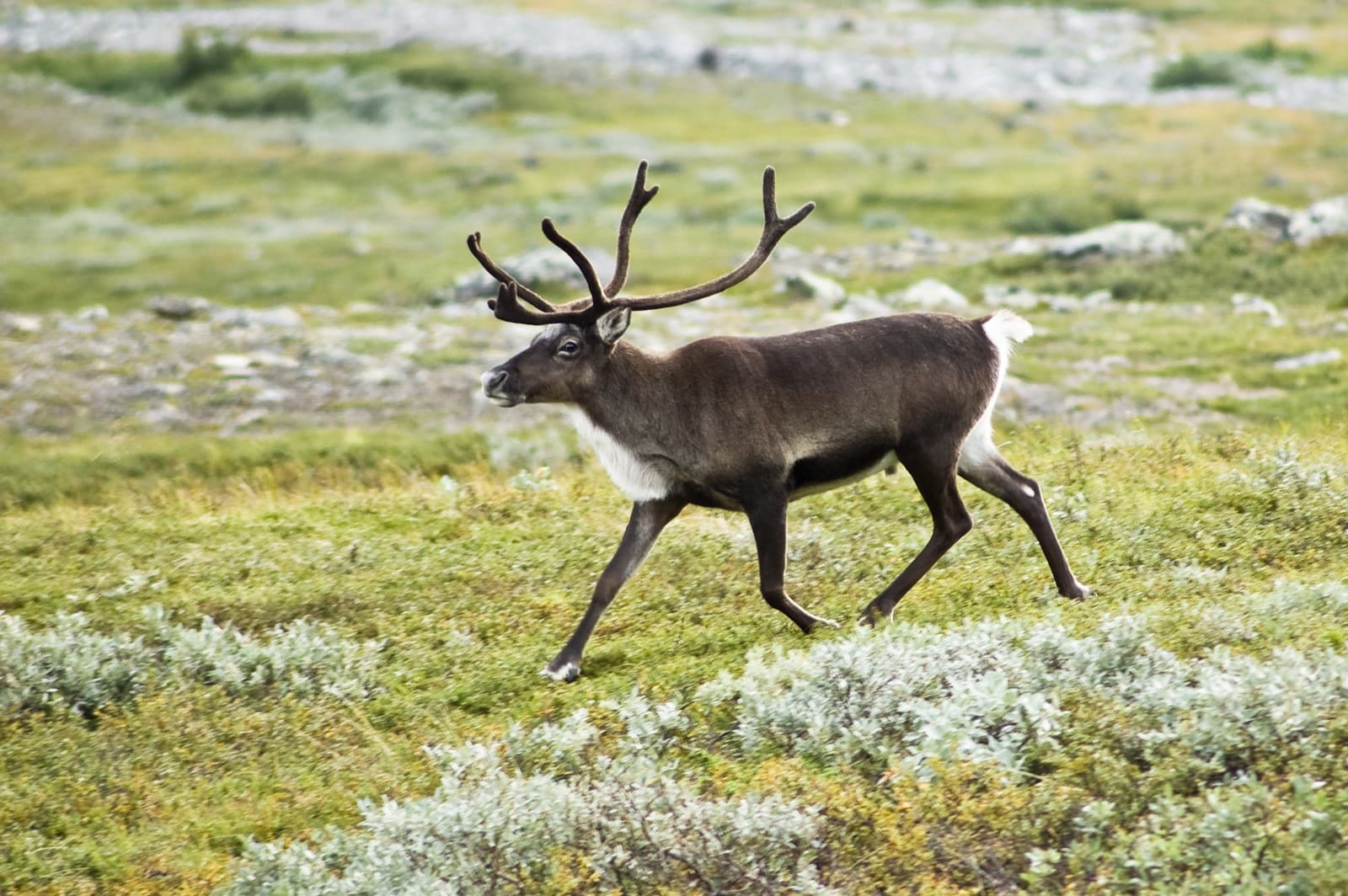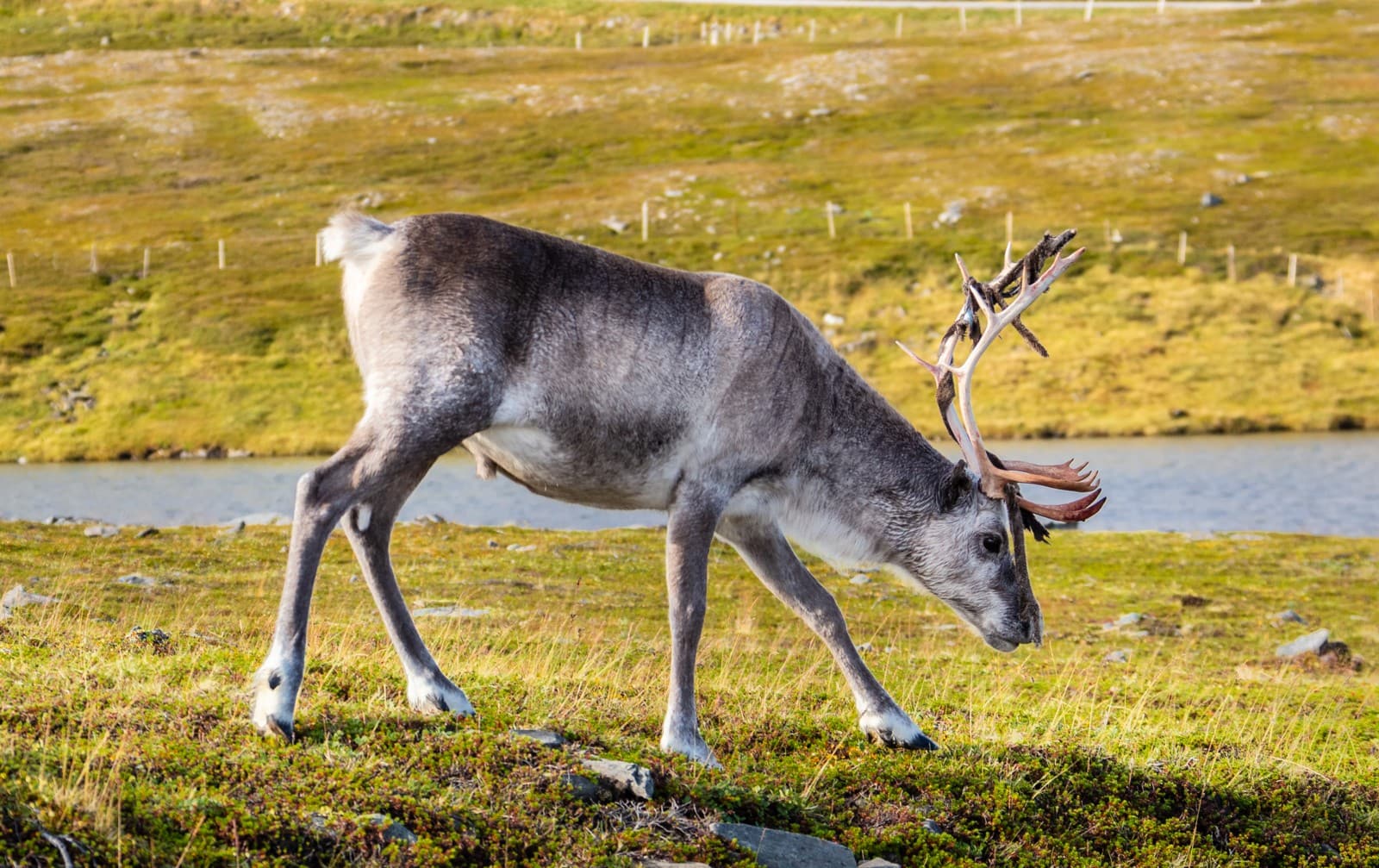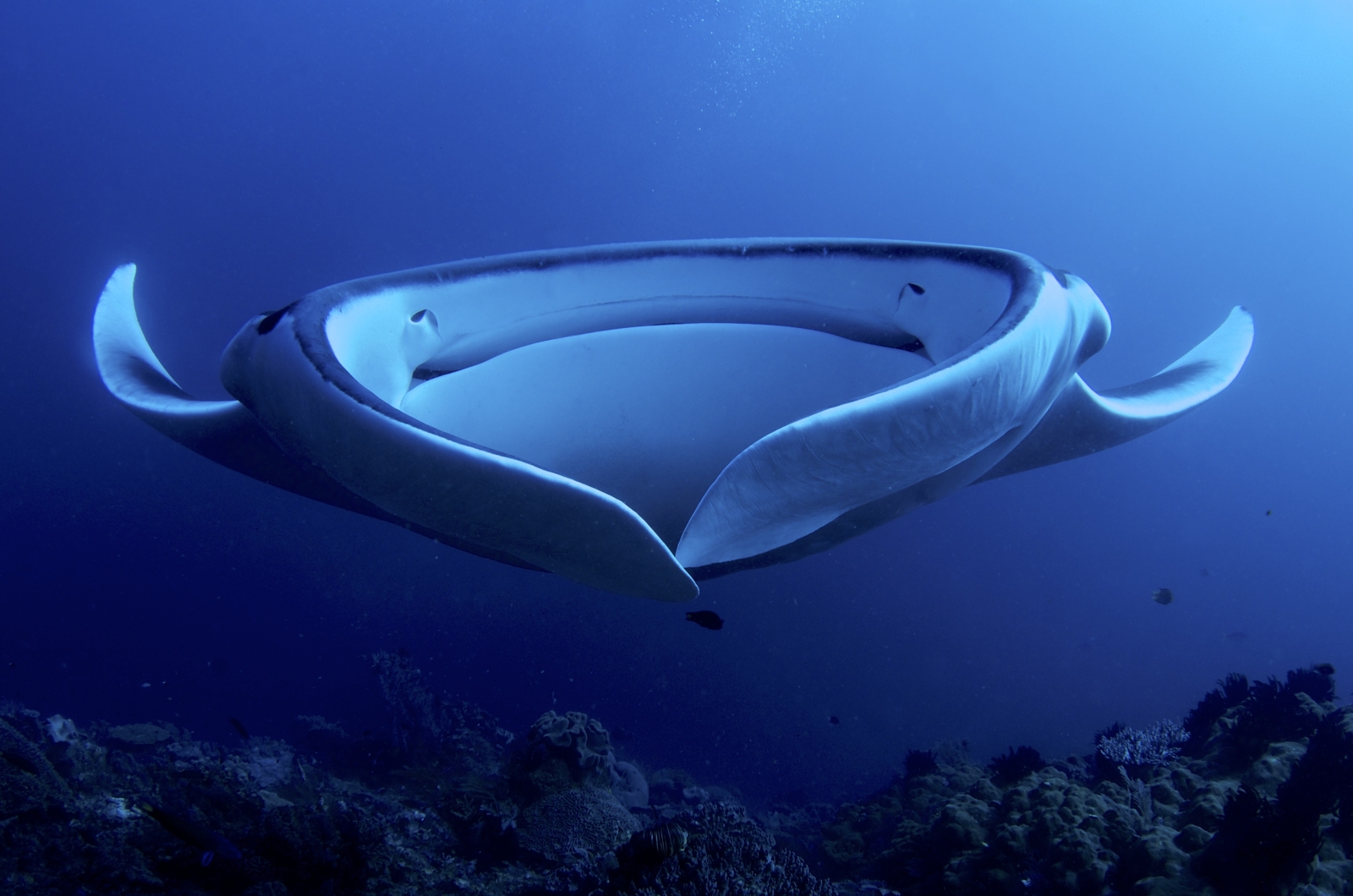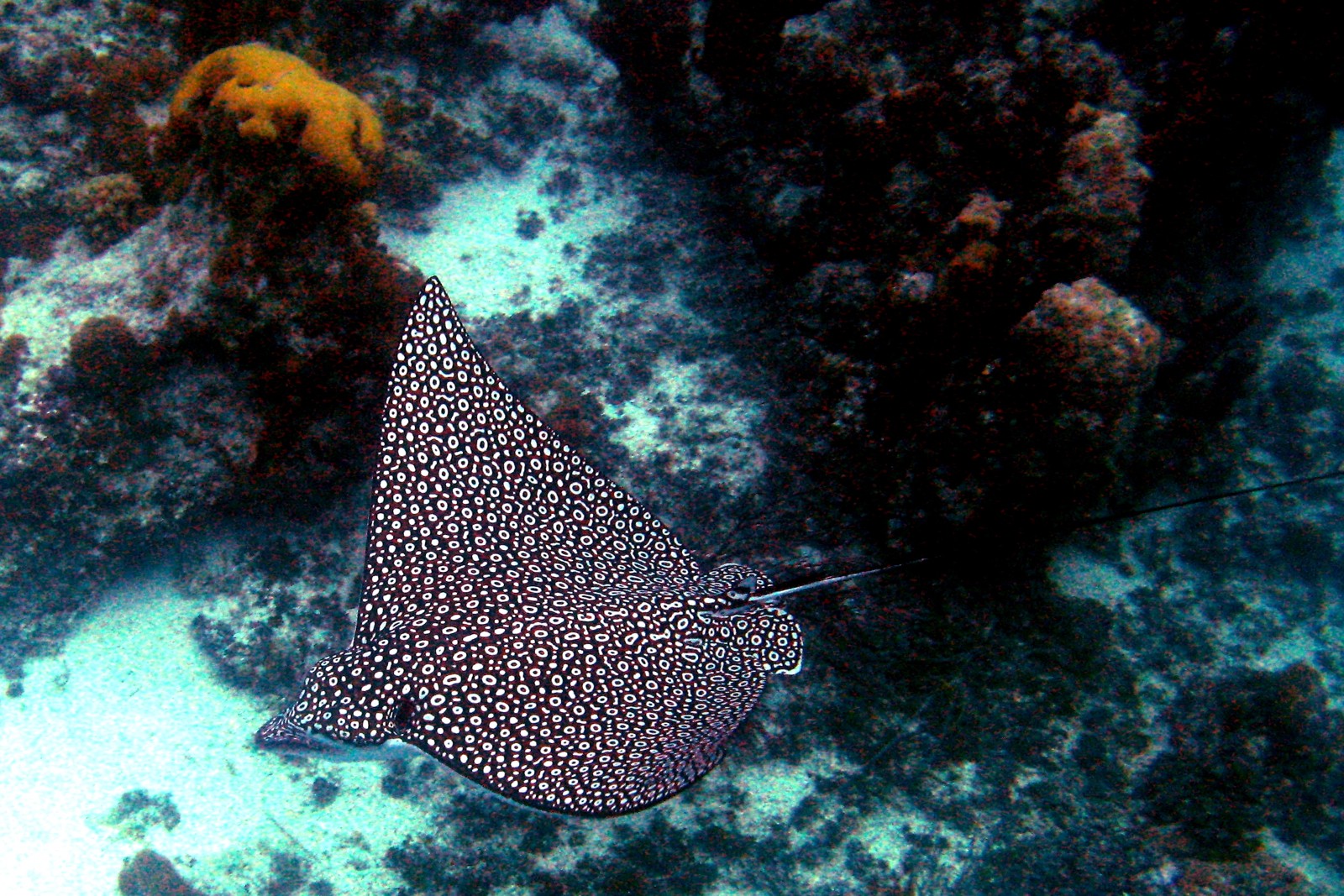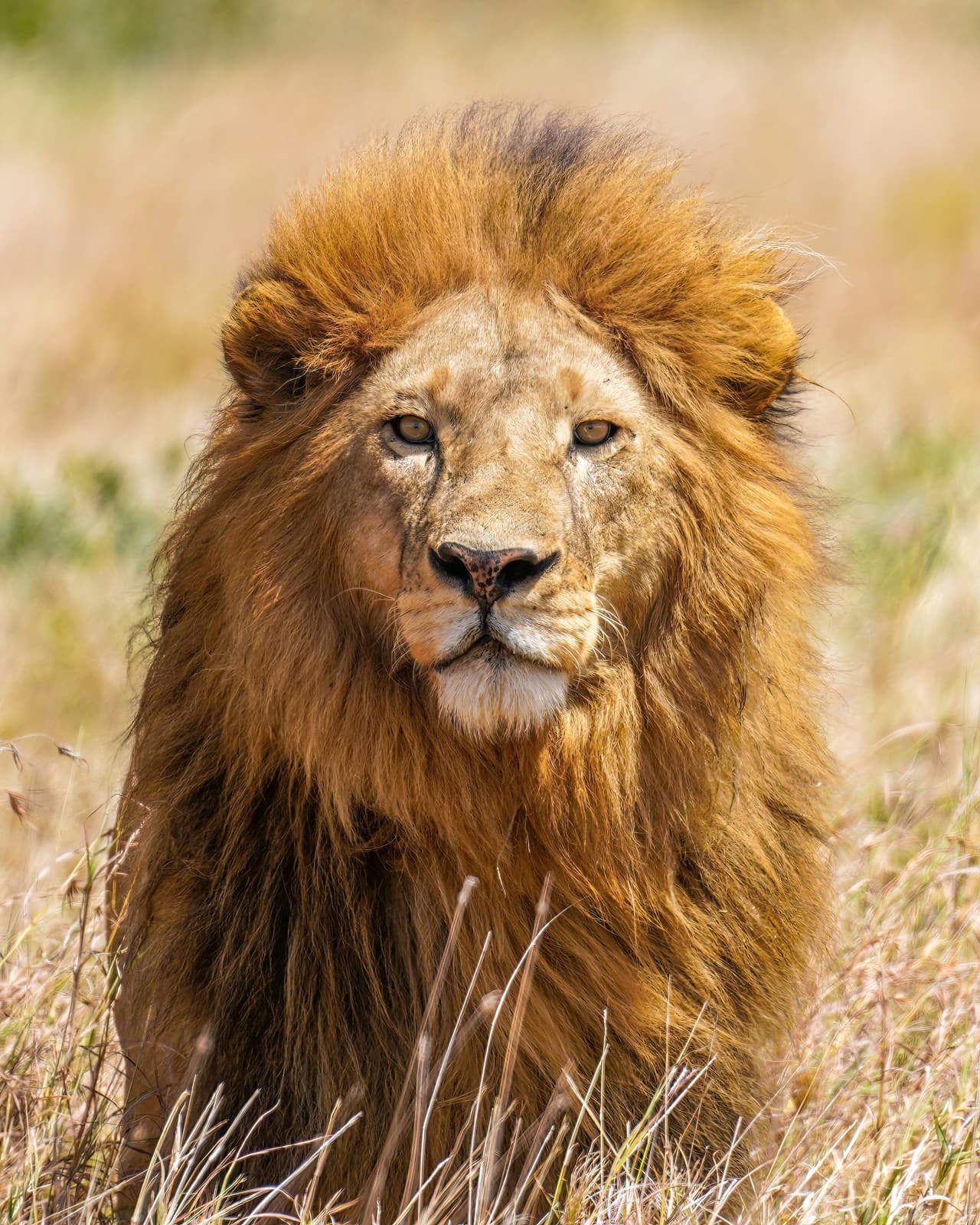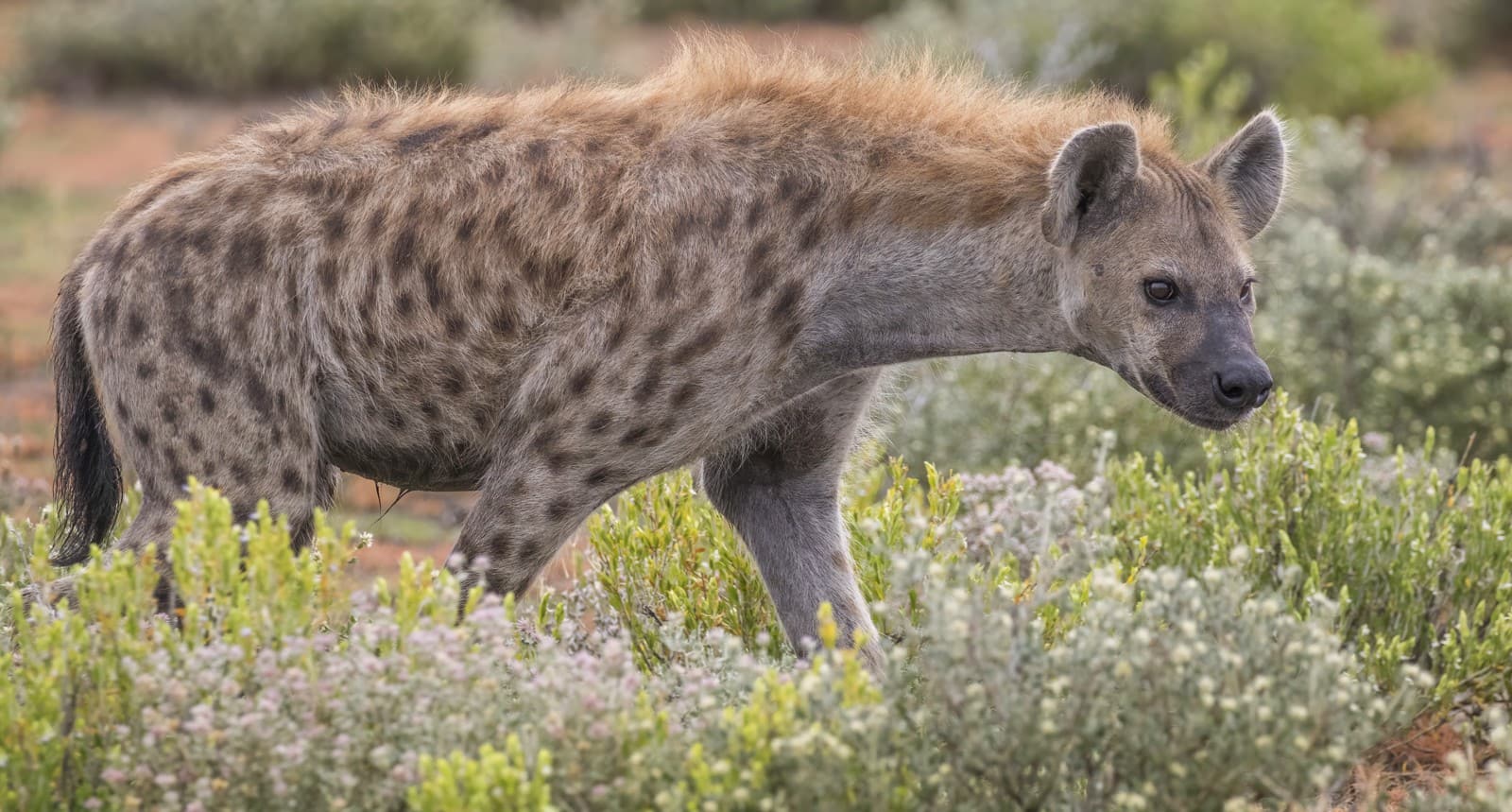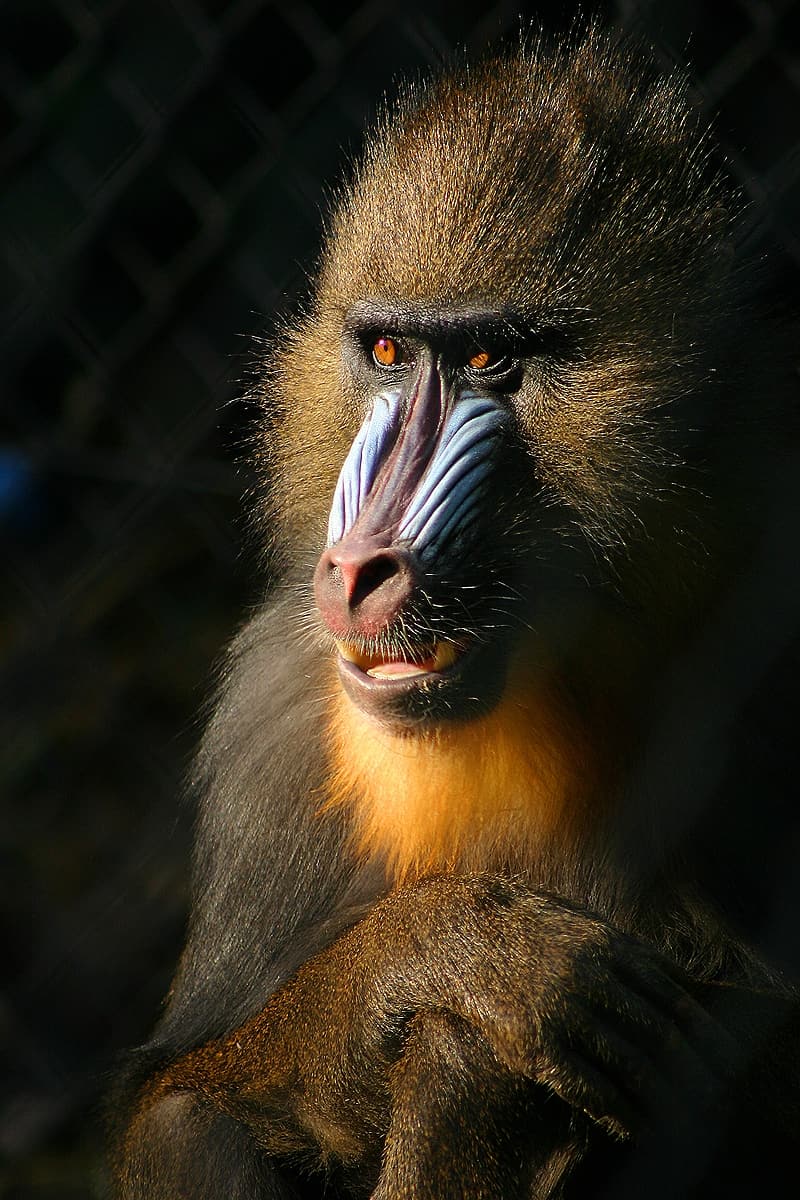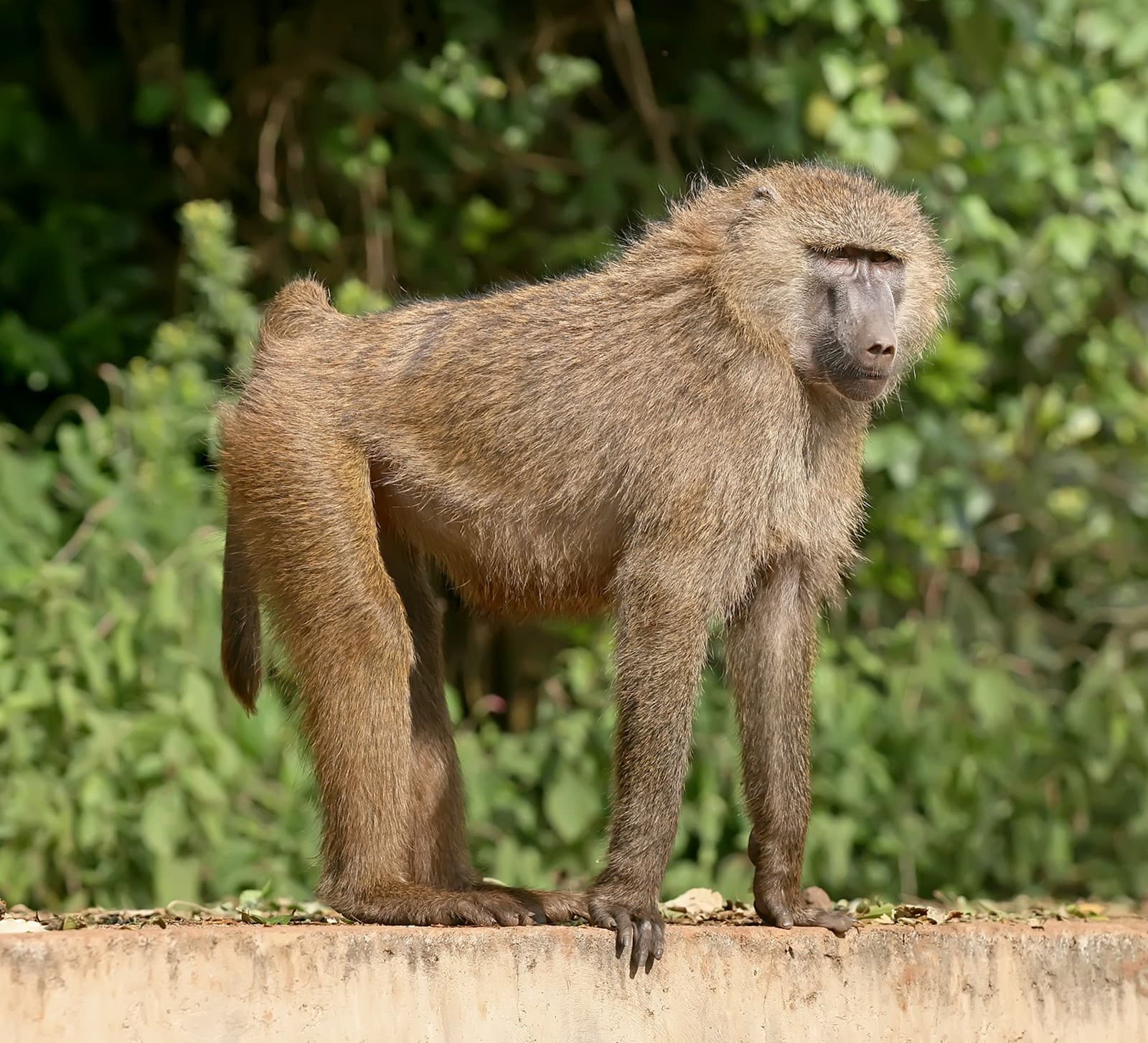Spectacled Bear vs American Black Bear: A Complete Comparison
When comparing the Spectacled Bear vs American Black Bear, we find two remarkably different ursine species adapted to distinct environments. The Spectacled Bear (Tremarctos ornatus), South America’s only native bear species, weighs 200-340 pounds (90-154 kg), while the American Black Bear (Ursus americanus) typically reaches 200-600 pounds (90-272 kg), making it notably larger.
These two species diverged millions of years ago, developing unique characteristics suited to their respective habitats. While both are omnivorous, their dietary preferences and behavioral patterns show striking contrasts that reflect their evolutionary adaptations to different ecological niches.
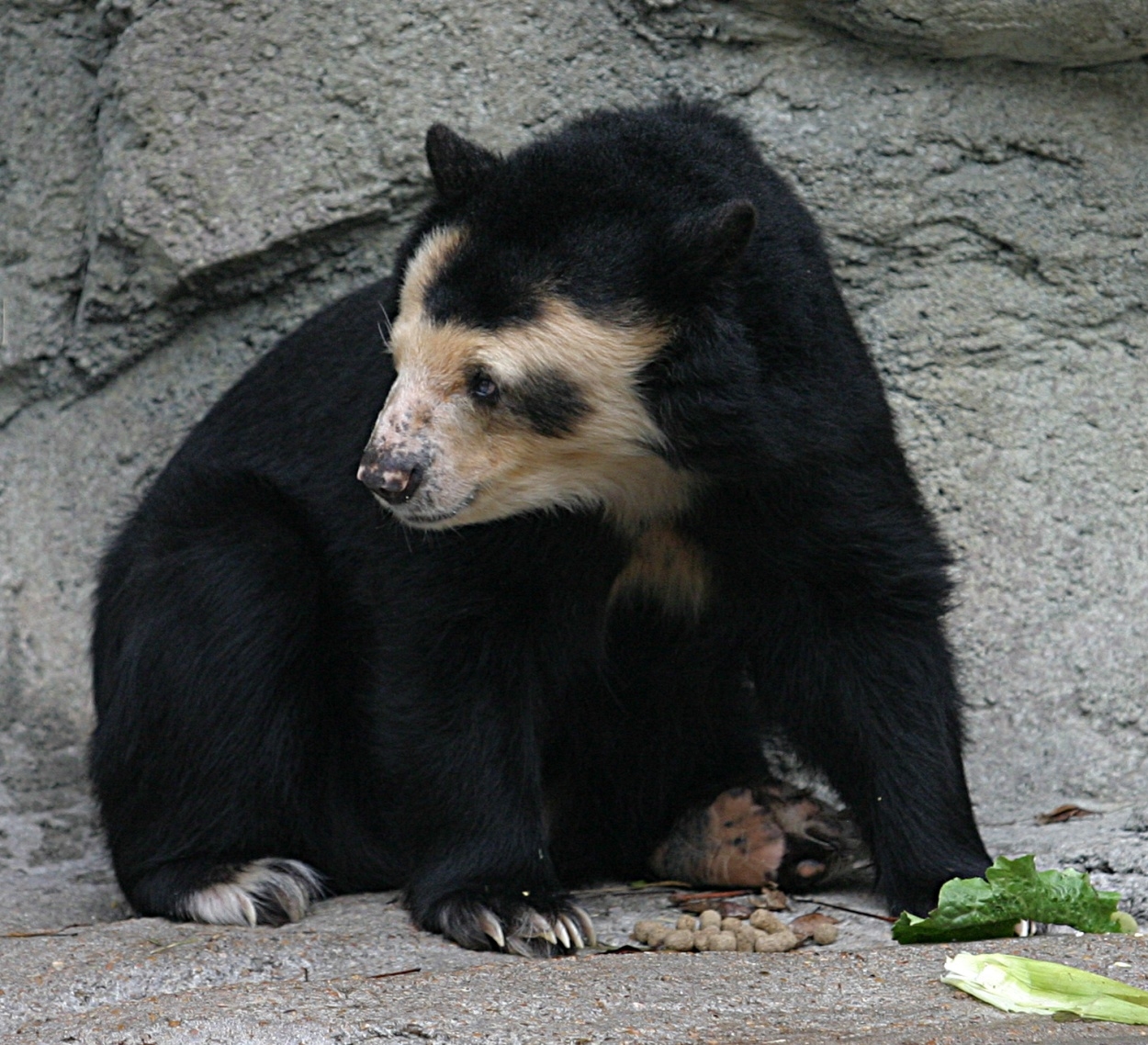
© en:User:Cburnett / CC BY-SA 3.0
The Spectacled Bear, named for its distinctive facial markings, demonstrates unique adaptations for life in the Andean cloud forests. These cream-colored “spectacles” around their eyes serve as individual identifiers, much like human fingerprints.
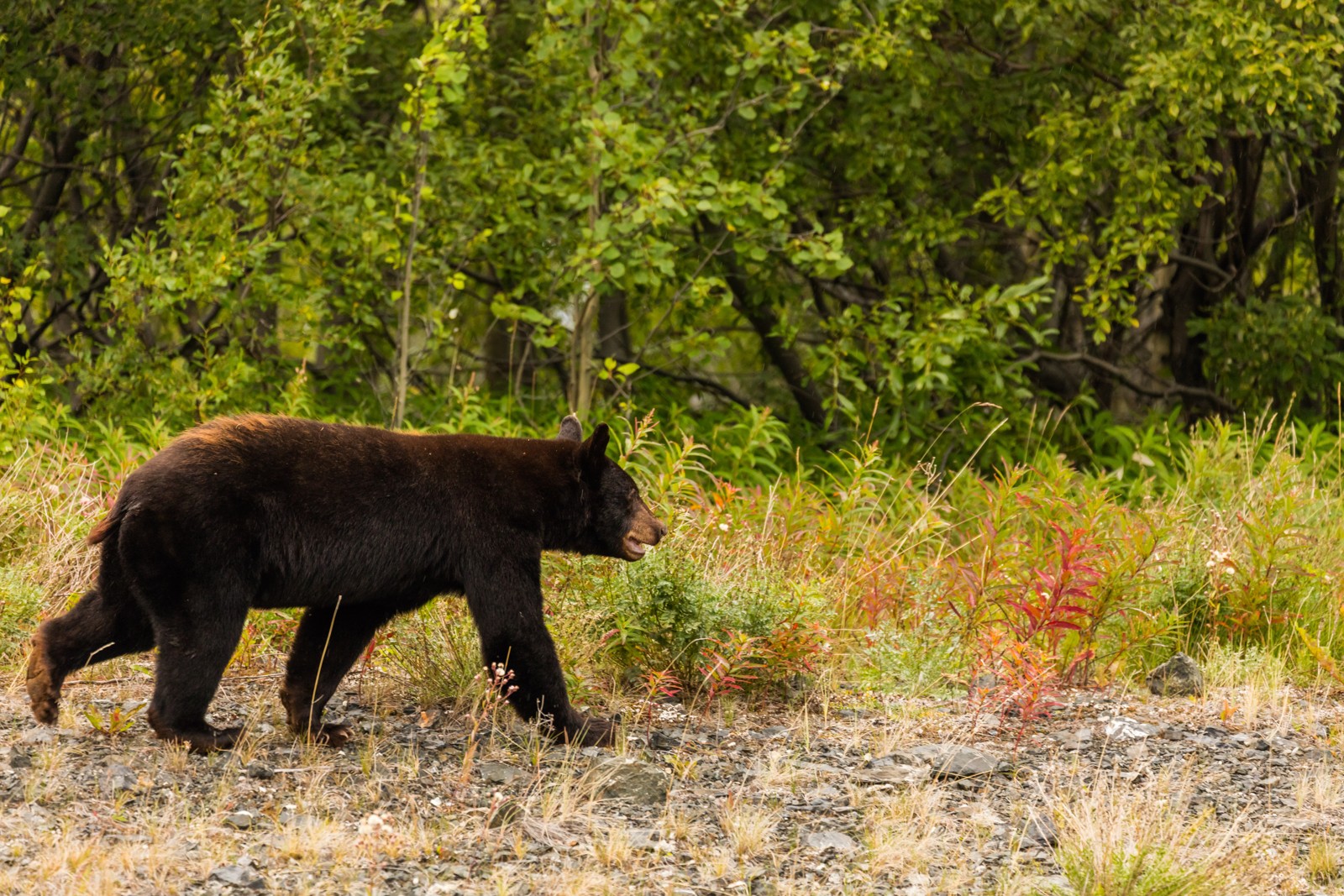
© Diego Delso / CC BY-SA 4.0
The American Black Bear showcases the robust build and adaptability that has made it North America’s most common bear species. Its powerful frame and varied coat colors reflect its success across diverse habitats from forests to urban interfaces.
Key Differences Between Spectacled and American Black Bears
| Feature | Spectacled Bear | American Black Bear |
|---|---|---|
| Size | 200-340 lbs (90-154 kg) | 200-600 lbs (90-272 kg) |
| Habitat | Andean cloud forests, 500-14,400 ft elevation | Forests across North America, sea level to 10,000 ft |
| Diet | 95% vegetarian, specializes in bromeliads | Omnivorous, opportunistic feeder |
| Distribution | Western South America | North America |
| Hibernation | Does not hibernate | Hibernates 3-7 months annually |
| Facial Markings | Distinctive cream-colored spectacles | No distinctive facial markings |
Habitat and Range Differences
The Spectacled Bear inhabits a narrow band of Andean habitat stretching from Venezuela to Bolivia, primarily in cloud forests between 500-14,400 feet (150-4,400 meters) elevation. In contrast, American Black Bears demonstrate remarkable adaptability, thriving from Alaska to Mexico across various ecosystems including deciduous forests, boreal forests, and even semi-desert areas.
Dietary Adaptations
While both species are technically omnivorous, their dietary preferences differ significantly. Spectacled Bears maintain a diet that’s approximately 95% plant-based, with a special affinity for bromeliads and palm hearts. American Black Bears display more varied feeding habits, readily consuming insects, small mammals, fish, and human-associated foods when available.
Behavioral Differences
One of the most striking differences between these species lies in their seasonal behavior. American Black Bears undergo winter hibernation lasting 3-7 months, while Spectacled Bears remain active year-round due to their tropical habitat’s consistent food availability. This fundamental difference shapes many aspects of their life cycles and survival strategies.
Conservation Status and Threats
Both species face challenges from habitat loss and human conflict, but their conservation status differs markedly. Spectacled Bears are classified as Vulnerable by the IUCN, with only 2,500-10,000 individuals remaining in the wild. American Black Bears, though historically threatened, have maintained stable populations of approximately 600,000 individuals across North America.
Physical Capabilities Comparison
When comparing physical capabilities, American Black Bears generally demonstrate greater strength and size, with adult males capable of lifting objects weighing up to 500 pounds (227 kg). Spectacled Bears, while smaller, show remarkable climbing ability and agility in their steep mountain habitat, aided by proportionally longer claws and stronger forearms adapted for ascending trees and manipulating tough vegetation.
Human Interactions and Conflict
Both species generally avoid human contact, but their approaches to human interaction differ significantly. American Black Bears more frequently encounter humans due to their broader range and adaptability to urban interfaces. Spectacled Bears typically maintain greater distance from human settlements, though habitat encroachment increasingly forces contact.
Through this comprehensive comparison of Spectacled Bears vs American Black Bears, we see how evolutionary history and environmental pressures have shaped two distinct species. While they share a common ancestor, their divergent paths have resulted in fascinating adaptations suited to their respective habitats and ecological niches.
